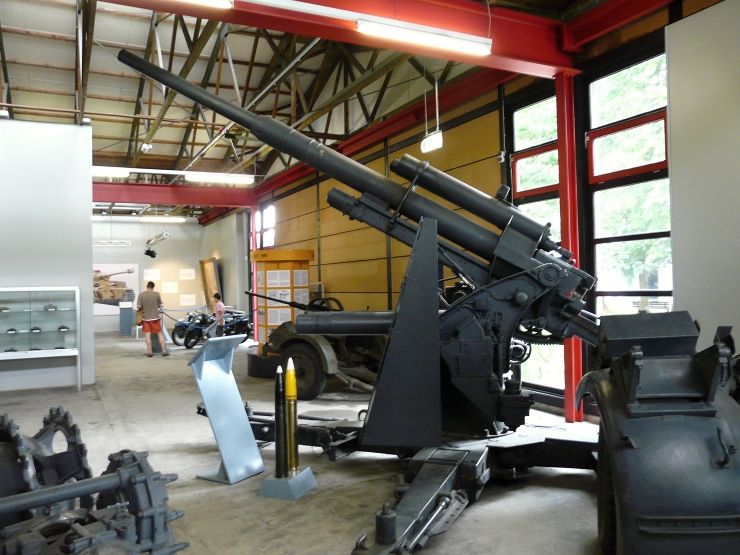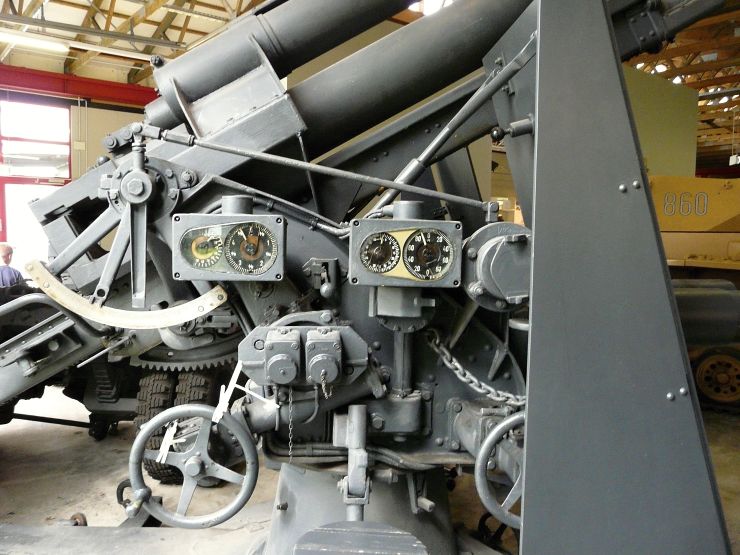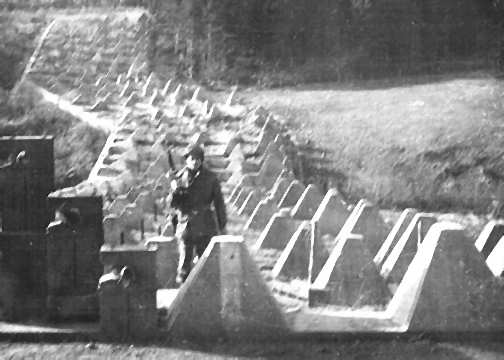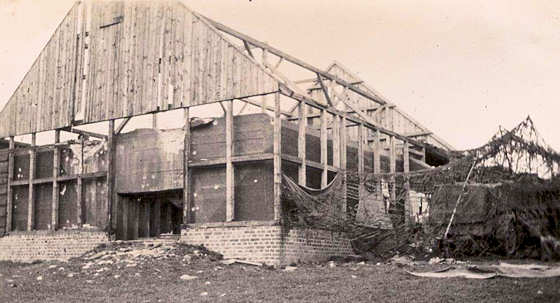(1st Infantry Division) during the initial penetration
of the Siegfried Line in the vicinity of
Nütheim, Germany, 13 - 20 September 1944
(Rhineland Campaign)
THE GENERAL SITUATION
By Captain Armand R. Levasseur
The rapid advance from St. Lô to the German border, a distance of 300 straight line miles, resulted in critical shortages due to extended supply lines. Local facilities, such as Engelbert Company, manufacturer of tires - also equipped to recap and repair tires and tubes, were utilized to the maximum to augment available supplies. 12 Units could procure Class III supplies only in reduced quantities as reserves had become exhausted. Some trains returned all the way to the beaches to secure essential gas. 13
The enemy, on the other hand, was utilizing every means to gather his strength for defense of the homeland. Field Marshal Model, in charge of enemy forces in Western Germany, rapidly organized remnants of his western armies into battle groups. These groups, armed with infantry weapons and numerous 88-mm batteries taken from antiaircraft defense of cities, were rushed into the west wall defenses. In addition, fresh German units from Norway and the Russian front were appearing for the first time in the American First Army sector. 14

88mm FLAK 37 L/56 - Panzermuseum Munster

The rapid Allied advances of the past six weeks came to an abrupt halt along the entire front during the second week of September 1944. 15 (See Map B)
Future plans of the British in the north called for establishing a bridgehead across the Rhine north of the Ruhr region and the securing of ports at Rotterdam and Amsterdam. To support this operation the largest airborne operation ever attempted was to take place with a drop behind the enemy lines to secure key bridgeheads. 16
Simultaneously, the American First Army in the south was to strike east to the Rhine between Bonn and Cologne, launching its drive from the vicinity of Aachen, Germany. Its forward elements were searching for weaknesses in the Siegfried Line defenses on September 12. 17
The First Army's VII Corps, on the frontier several miles southeast of Aachen, was facing favorable terrain for tank employment. Also, in the event of a penetration, exploitation would be facilitated by good road networks north and east of Aachen. The plan was to envelop Aachen from the south and east, with the 1st Infantry Division on the left wing, the 9th Infantry Division on the right, and the 3d Armored Division in the center. 18 (See Map B)
A proper appreciation of the task facing the 3d Armored Division requires an analysis of the Siegfried Line defenses in this sector.

Dragon's Teeth north of Roetgen
The outer perimeter consisted of several rows of pyramidal concrete blocks rising ebove the ground to form an effective antitank barrier. Where roads crossed the barrier steel gates had been installed or iron rails had been cemented upright into the road. Immediately to the rear of this obstacle, pillboxes were located so as to cover the barrier with fire, thus preventing breaching with demolitions.
Depth of the defenses was dependent on the defensive strength of the terrain. Where terrain favored the attacker, the defenses were proportionately greater in depth. In the area a few miles south of Aachen the first belt extended to a depth of 3,000 yards. 19
Pillboxes were located on ground providing mutual support and best observation and fields of fire. Distances between pillboxes varied from fifty to several hundred yards. Generally, pillboxes were blind from the rear except when the rear door was open. Firing embrasures permitted only a 50-degree angle of fire. Some contained only one opening whereas others could cover both flanks or contained two mutually supporting guns.
Antitank gun emplacements were constructed to accommodate small caliber guns, which had become obsolete against tanks. The standard 88-mm gun had to be dug in outside the position.
Inside each pillbox, separate living and sleeping compartments were provided, their number and size dependent upon the number of troops for which it was designed.
Observation and command posts in forward positions were combined in one installation which in some instances were four stories deep and contained a half dozen or more separate rooms. This type fortification was entirely underground save for a small cupola to permit observation. Communication between all positions was provided by underground cables. The defense, as a whole, presented a formidable obstacle to an attacking force. Over a period of several years since construction, nature had provided the works with a natural camouflage which concealed many positions until after they opened fire. Added to this, some were built to resemble garages, cottages and other deceptive installations where they would be inconspicuous.

Camouflaged Pillbox at Busbach
The only part of a pillbox appearing above the surface was that essential to meet its tactical requirements plus overhead cover consisting of several feet of reinforced concrete, which could withstand tank fire at point-blank ranges. 20

